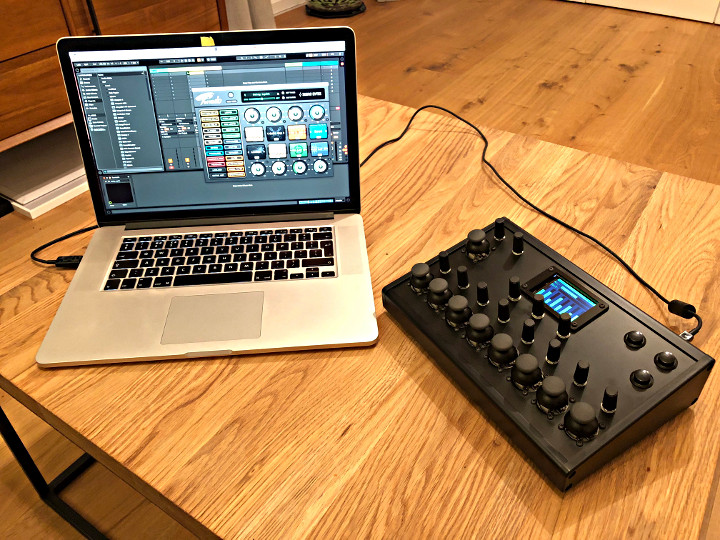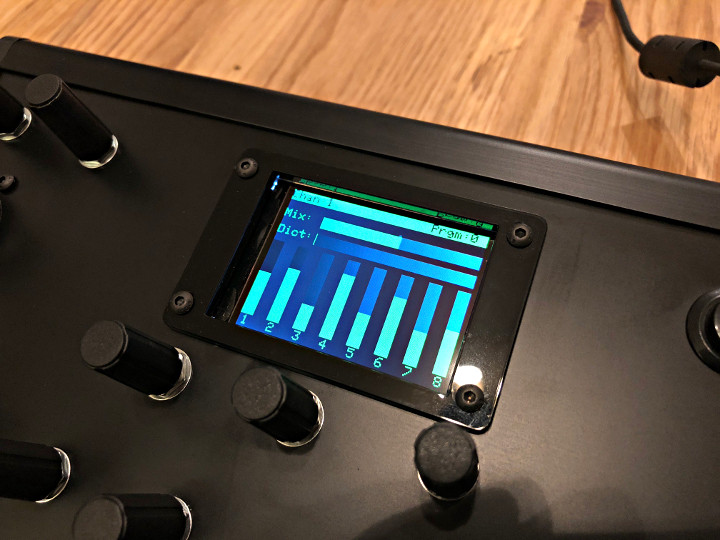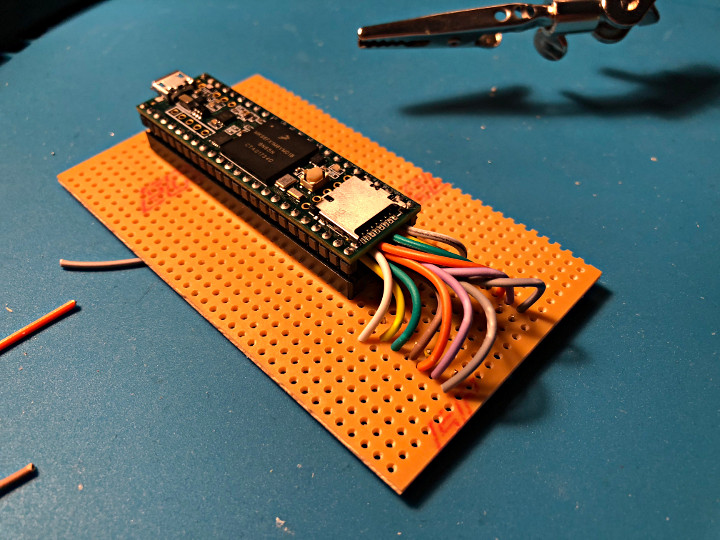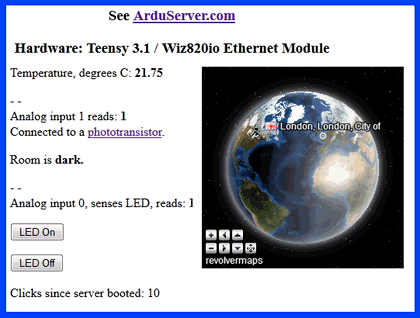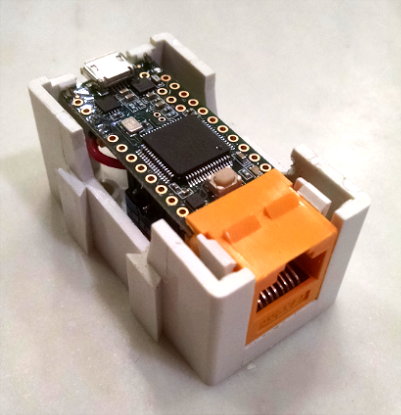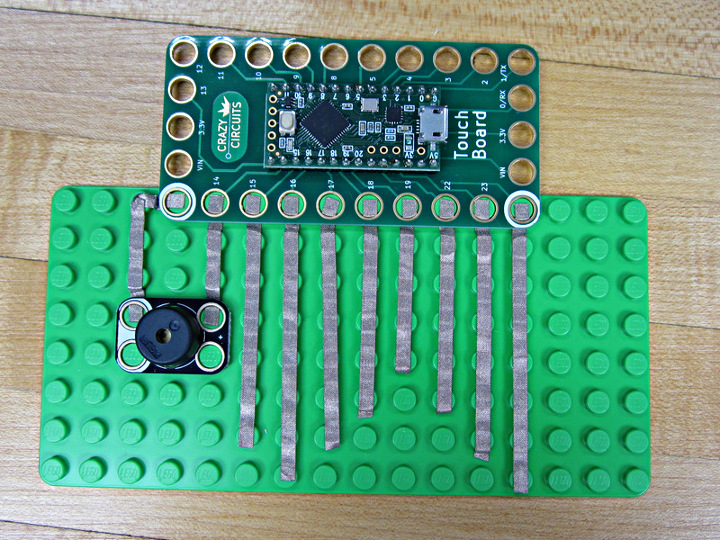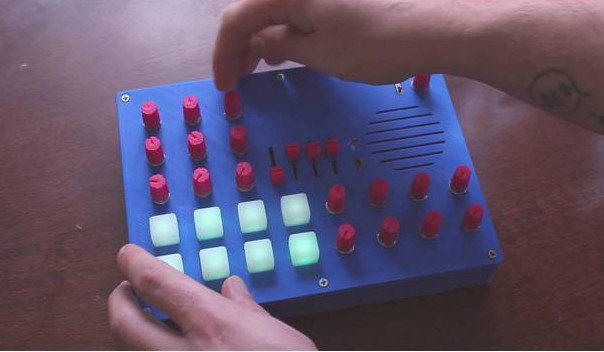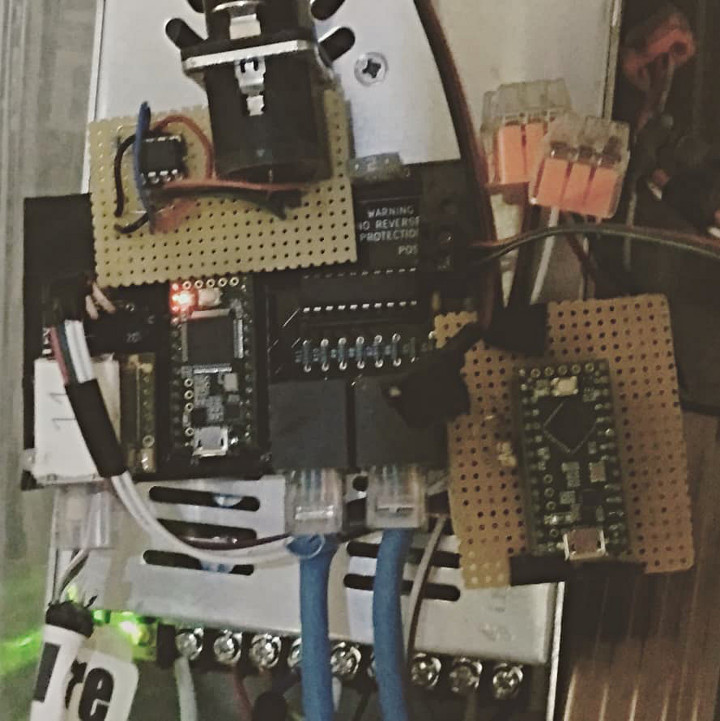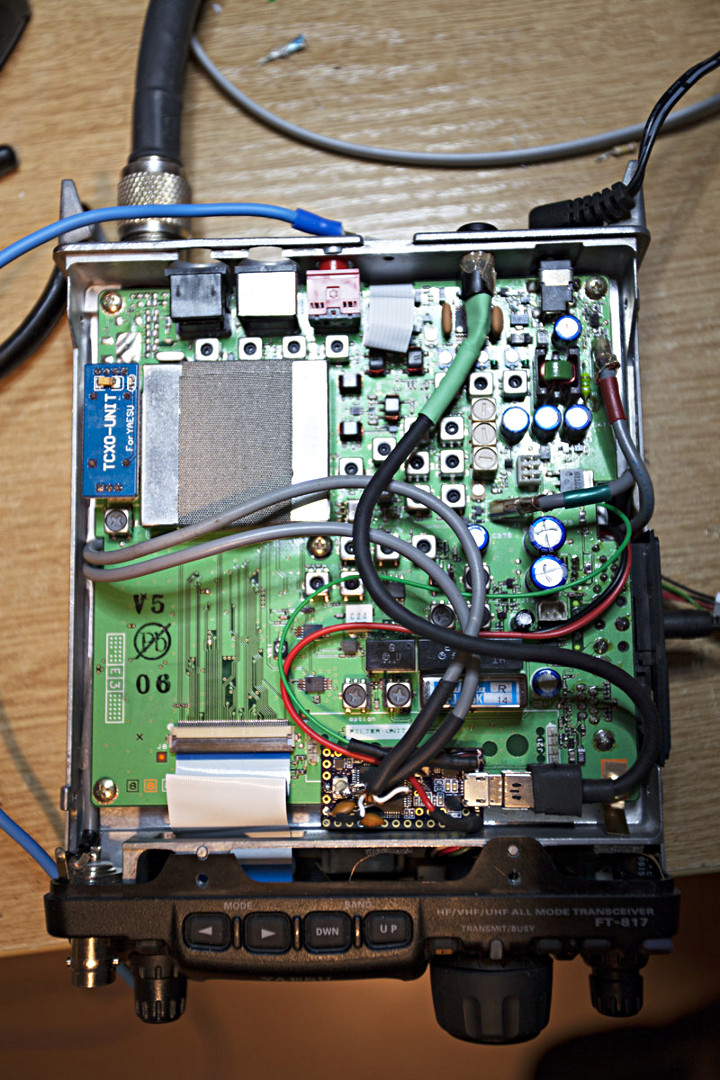Pete Prodoehl built a custom QWERTY keyboard in homage to the typewriters of old.
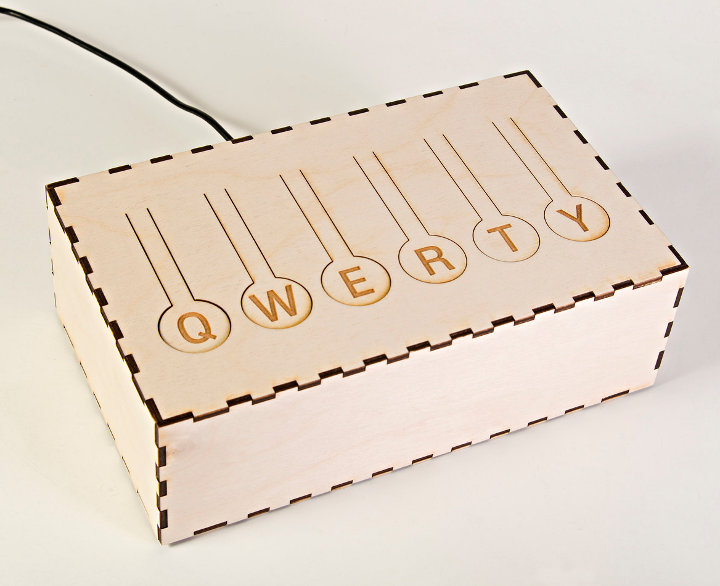

The inspiration for the project came from Pete’s interest in keyboards and typewriters as well as as a fascination with machines, and how people interact with technology . He grew up in Milwakee, the birthplace of the first successful typewriter. Coincidentally, he also lives near a street named fro Christopher Latham Scholes, the primary inventor of the QWERTY keyboard.
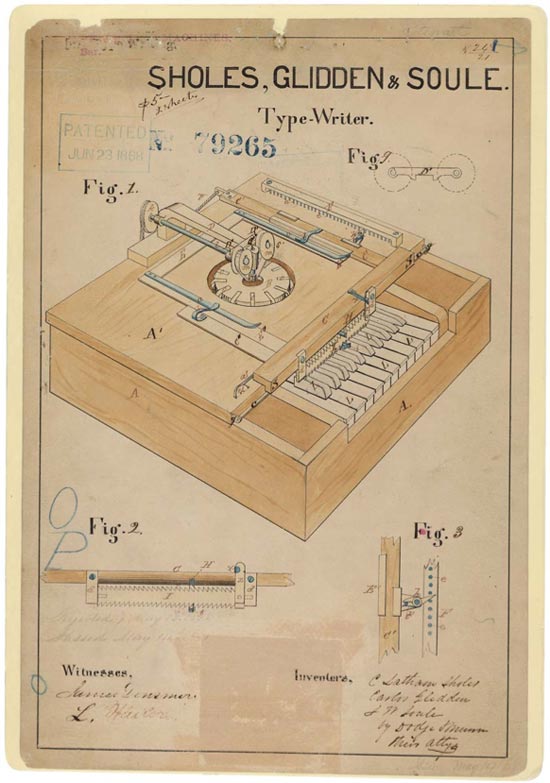
His QWERTY keyboard is made of wood, just like the early prototype of the Sholes, Glidden, & Soule typewriter. While Pete feels that he doesn’t quite have the woodworking skills of his father, he is good at creating thing digitally. He asks a compelling questions – are we losing the ability to craft real-world objects in exchange for creating digital objects? He suggests that maybe digital fabrication is the answer and perhaps it can bridge the gab between the two.
